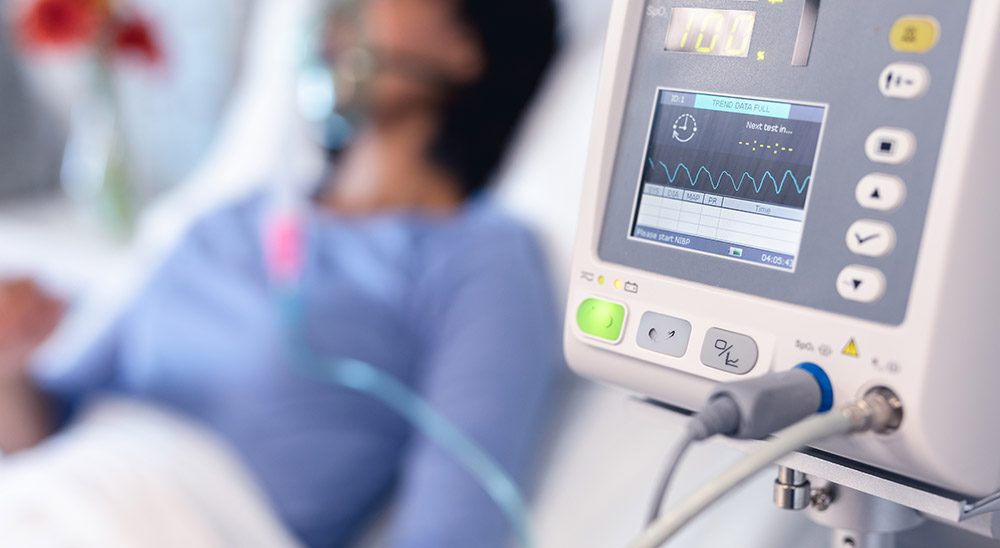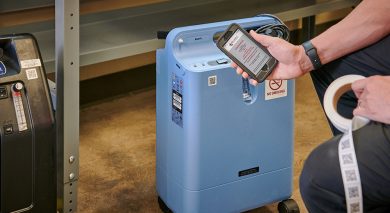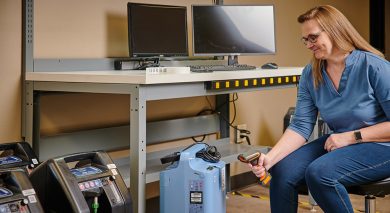When you think about servicing in-house your ventilators, oxygen concentrators, and other respiratory equipment, it seems pretty simple and cost-effective. Just hire a few technicians, order the parts, put them to work, and voila! You saved the expense of sending your equipment to an outside service provider. But, as they say… not so fast Tonto…
As a 15-year-old respiratory equipment service company, we have learned the hard way of the many hidden costs. When you begin to examine all of the not-so-obvious expenses related to performing these services, you may decide after all to send them out for service.
Let’s take a look:
- Technician recruiting expense: Even if you run free ads on Indeed, you still have the management and overhead costs of sorting through resumes, interviewing, and hiring (what you hope) is the right technician. And if it’s the wrong technician, you’ll be doing all this again in 3-4 months.
- Technician training expense: Respiratory ventilators must be serviced by a factory-certified technician. As you might expect, you must send the technician to the OEM for training. Add to the $3000 training fee: airfare, hotel, food, car rental, and 4-day loss of productivity. Oxygen concentrators are easier to service, but still require weeks of on-the-job training before a technician is self-sufficient.
- Parts management expense: Someone must consistently review and report on parts inventory. Depending on how many different models of vents and oxygen concentrators you have, the number of SKUs needed can easily exceed 100 unique parts. Then consider inventory shrinkage, monthly and annual inventory cost, and the administrative costs become pretty clear.
- Purchasing expense: Obviously, all 100 SKUs need to be purchased in various quantities. Again, depending on the number of models you carry, you will be dealing with 5 – 10 different vendors and the related weekly and monthly P.O.’s
- Inbound freight expense: Freight costs from vendors is another hidden expense that shows up on your UPS bill or your vendor invoice. (Note: use your own UPS number as many vendors add a margin to the freight expense). Shipments from 5-10 vendors, especially of heavy sieve beds, gets expensive.
- Receiving expense: A small but repetitive administrative expense. Someone must receive all parts, count them, put them in the system, then place them on the shelf in an orderly fashion.
- Incorrect parts / bad parts: As they say – “stuff happens”. These 5 – 10 vendors will sometimes send the wrong parts or bad parts. Someone needs to test incoming parts, then return bad parts to the vendor for credit. Think: administrative costs, shipping costs, accounting time, and replacement costs of the correct parts.
- Vendor management: Everyone in the accounting department knows of the problems associated with vendor management. Incorrect invoices, wrong PO numbers, backordered parts, over or under-shipment, lost or delayed shipments. It all takes time that could be spent on your “core-competence” of patient care.
- Management expense: On top of managing equipment, parts, vendors, and freight, someone needs to manage the technical staff. And believe me when I tell you that biomed technicians are a unique breed. Many are great employees, while others are less so. They all need to be managed.
- Poor quality expense: Service quality can be fleeting, depending on the technician, his / her training, and how they feel on any particular day. In the respiratory equipment business, poor quality of a ventilator repair can cost a patient their life. Now that can be very expensive.
Most well-managed HME companies focus on what they do best – patient care, and they leave equipment service to the professionals who do it for a living. If you are a HME, EMS, Skilled Nursing, Hospital or work for health care institution and need assistance with biomedical equipment repair service, please feel free to contact us. We would love to hear challenges that you are facing and find an optimal way to get fast & productive solution.



